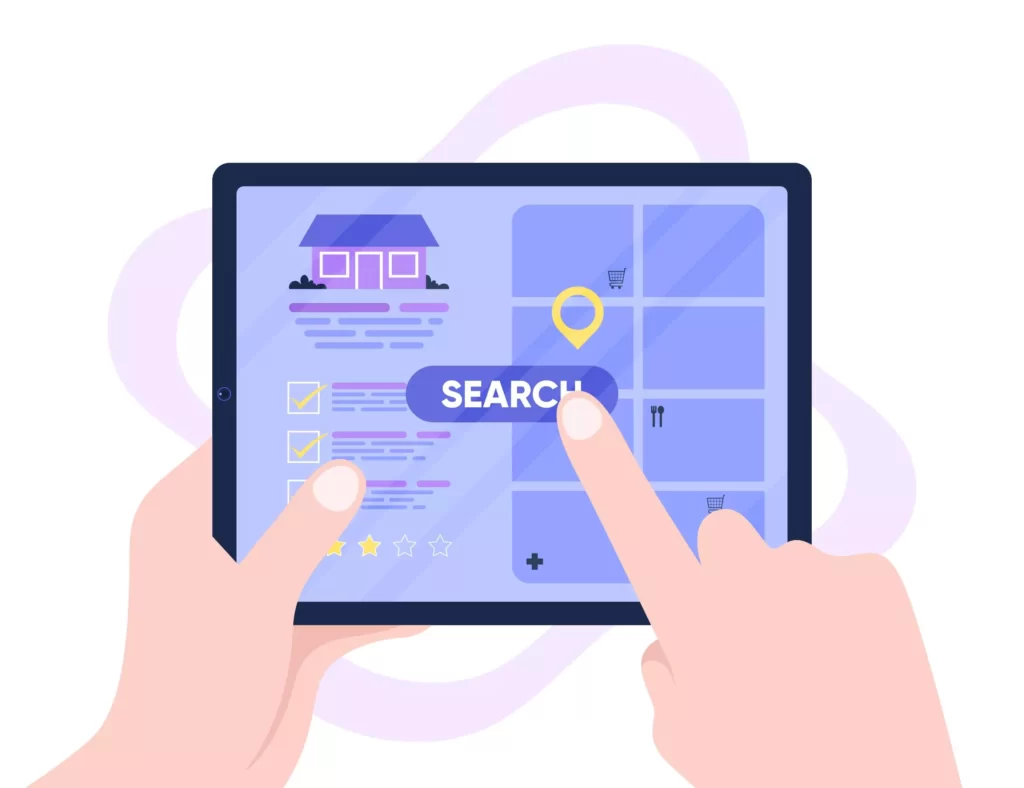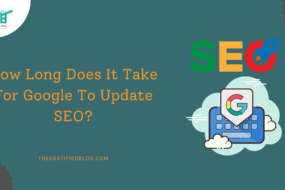
With the help of ‘Local SEO Hack’ in today’s era, every business owner wants a higher ranking in SERP. They all want to get their website on the first page of Google. Though it’s not easy, local SEO can be a powerful technique to help you achieve this goal.
There are a lot of local businesses that want to increase their customers but need to know how. This blog post will discuss local SEO hacks that can help double your customers quickly! These straightforward tricks will help you get more customers through your door. Start implementing these hacks today and see the results for yourself!
What Is Local SEO?
Local SEO/GMB SEO (Google My Business Optimization) is optimizing a business’s online presence to improve its visibility in local search results. It involves using various techniques to enhance a business’s ranking in search engines like Google, Bing, and Yahoo when users search for local products or services.

Now, let’s talk about the local SEO hacks
Top 5 Local SEO Hack That Works Like A Charm!
To have a thriving local search presence, businesses must rank well in the organic section of Google and Google My Business listings. Ensuring the business is registered on Google My Business before implementing local SEO hacks is essential.
Now, let’s discuss the five hacks that work like a charm:
Local SEO Hack #1: Reply To All Reviews
One of the most important local SEO hacks that businesses often overlook is responding to customer reviews. Replying to all positive or negative reviews is crucial to demonstrate your concern for your customers. And their experiences with your business. Engaging with reviews can aid in cultivating customer relationships and improve your business’s online reputation.
When you reply to a review, it’s essential to personalize and address the customer by their name. This shows that you’re not just responding to reviews as a formality, but you genuinely care about your customers’ experiences.
Local SEO Hack #2: Add A New GMP Post Twice Or Thrice A Week
GMB posts resemble posts on social media, allowing businesses to share updates, offers, events, and other relevant information with potential customers. A simple but effective local SEO hack is to add a new GMB post to your listing twice or thrice a week. By regularly adding posts, you can keep your business’s GMB profile fresh and up-to-date, enhancing its position in local search outcomes.

When creating GMB posts, include keywords relevant to your business and location. This will help Google understand what your business offers and where it’s located, which can improve your visibility in local search results. You may also include photos or videos in your posts to make them more engaging and appealing to potential customers.
Local SEO Hack #3: Make Sure That Your GMB Profile Is Upto Date
An up-to-date Google My Business (GMB) profile is crucial for local SEO. Google uses this profile to gather business information, including business hours, addresses, contact information, reviews, etc. Here are some tips for ensuring that your GMB profile is up-to-date and accurate:
- Complete all sections of your GMB profile: To ensure your GMB profile is current, fill out all the sections. Include your business name, address, phone number, website URL, hours of operation, and categories. The more information you provide, the easier it is for customers to find you online.
- Verify Your Business Information: Google must verify your business information before your GMB profile is live. This can be done through a postcard or phone call verification process. Once verified, your profile will appear on Google Maps and local search results.
- Update Your Business Information Regularly: It is essential to update your GMB profile regularly, especially if there are any changes to your business hours, address, or phone number. Updating your profile periodically guarantees that customers can access precise and current details about your business.
- Add Photos and Videos: Google allows businesses to upload photos and videos to their GMB profiles. These visual elements help customers better understand what your business offers and the atmosphere. Be sure to add high-quality images that showcase your products, services, and storefronts.
Local SEO Hack #4: Invest Time In Selecting All Relevant Sub-Services
Regarding local SEO, selecting all relevant sub-services for your business is crucial in optimizing your online presence. Sub-services are the specific products or services you offer within a broader industry or category. For example, if you are a dentist, your sub-services might include teeth cleaning, fillings, or braces.
Investing time selecting all relevant sub-services for your business can benefit your local SEO efforts in several ways. First and foremost, it ensures that your business appears in search results for a broader range of relevant keywords. Secondly, it can help your business stand out from competitors.
Furthermore, selecting all relevant sub-services helps search engines understand your business’s specific areas of expertise.
Local SEO Hack #5: Use Relevant SEO Keywords In Your Listing
The final local SEO hack is to use relevant keywords in your GMB listing. This means using keywords that people are searching for when looking for businesses like yours.
For example, if you are a local pet store, some of the relevant keywords you might want to use are “pet supplies,” “dog food,” or “cat toys.”
How To Do Keyword Research For Local SEO?
Here are five steps that can help you do keyword research for local SEO:
- Understand Your Target Audience: Identify your target audience for local SEO. Consider their location, demographics, interests, and search behaviors. This understanding will help you tailor your keyword research to match their preferences.
- Localize Your Keywords: Incorporate location-specific keywords into your research. Include the name of your city, neighborhood, or region in combination with relevant industry-specific terms to target local customers effectively.
- Utilize Keyword Research Tools: Use keyword research tools like Google Keyword Planner, SEMrush, or Moz Keyword Explorer. These tools offer valuable insights into search volumes, competition levels, and associated keywords. That can guide your keyword selection process.
- Analyze Competitors: Analyzing local competitors’ websites and local listings can provide valuable keyword ideas. Look for keywords they target and consider incorporating similar terms into your strategy. However, ensure your chosen keywords are relevant to your business and align with your unique value proposition.
- Long-Tail Keywords and Local Intent: Focus on long-tail keywords that are specific and face lower competition. These keywords often demonstrate local intent, reflecting search queries with clear local intent, such as “best pizza delivery in [city name].” You can capture highly targeted local search traffic by incorporating such long-tail keywords.
Pro Tip: Ensure Google Map Location Is Correct
One local SEO hack often overlooked is ensuring your Google Maps location is correct. This might seem like a no-brainer, but you would be surprised how many businesses need their Google Maps location corrected.
That can be a significant problem because potential customers might not be able to find your business if they search for it on Google Maps. So, make sure to double-check your location and update it if necessary.
FAQs On Local SEO Hack
Q1. What Is The Difference Between Local SEO And Regular SEO?
A. Local SEO optimizes online presence to improve its visibility in local search results. In contrast, regular SEO optimizes content to improve its visibility in search engines.
Q2. Are There Any Benefits Of Listing A Local Business In Local Business Directories?
There are several benefits to listing a local business in local business directories, such as Increased Online Visibility, targeted marketing, Enhanced Online Reputation, etc.
Q3. Can You Do Local SEO Without A Website?
A. Indeed, you can conduct local SEO even without a website, but having a website can significantly improve your local SEO efforts. With a website, your business can optimize your Google My Business profile, which may not be enough to compete with other companies in your area.
Conclusion
Now that you know the local seo hack, why wait and stay elsewhere in the Google search results? Try these out and see how they work for you. By following these local SEO hacks, you will be well on your way to increasing your traffic and customers in no time. Good luck!
However, if you still have any questions related to the blog, then feel free to leave them in the comment section. We will be happy to answer you.
Thanks for reading 🙂








No Comments